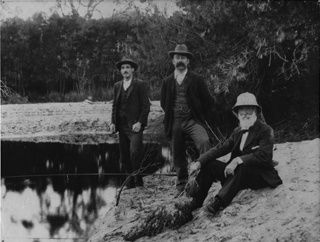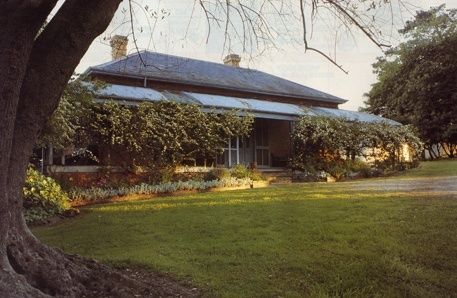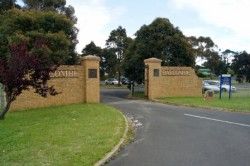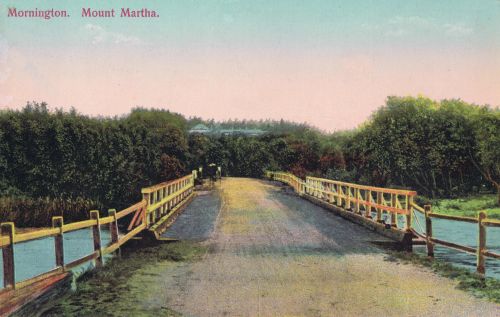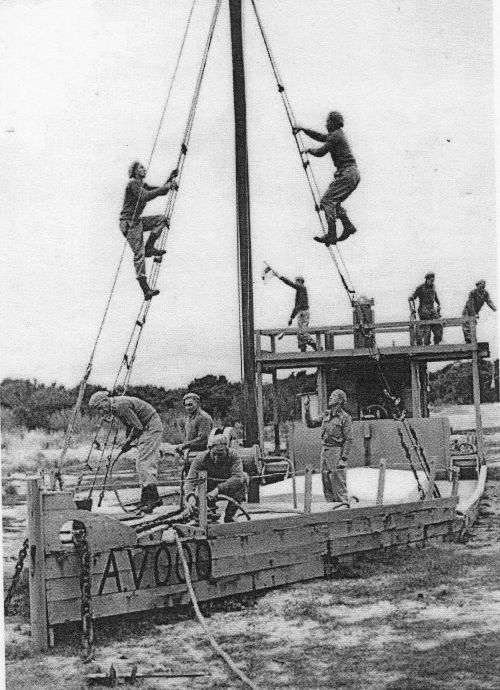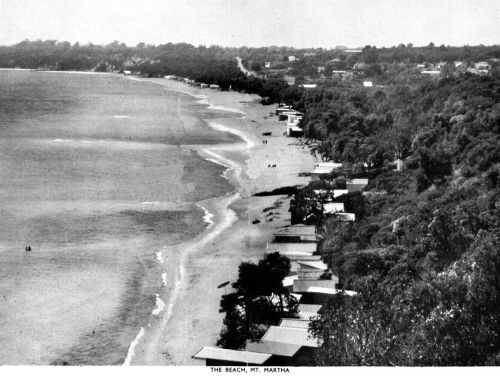There was no coastal access to this area, and at first the granite cliffs, steep gullies and ravines saw only the hardy traveller who followed the rudimentary tracks.
Early pastoralists who took up runs in the district were the first European settlers and a small hamlet developed as fishermen arrived on the Balcombe Creek estuary.

